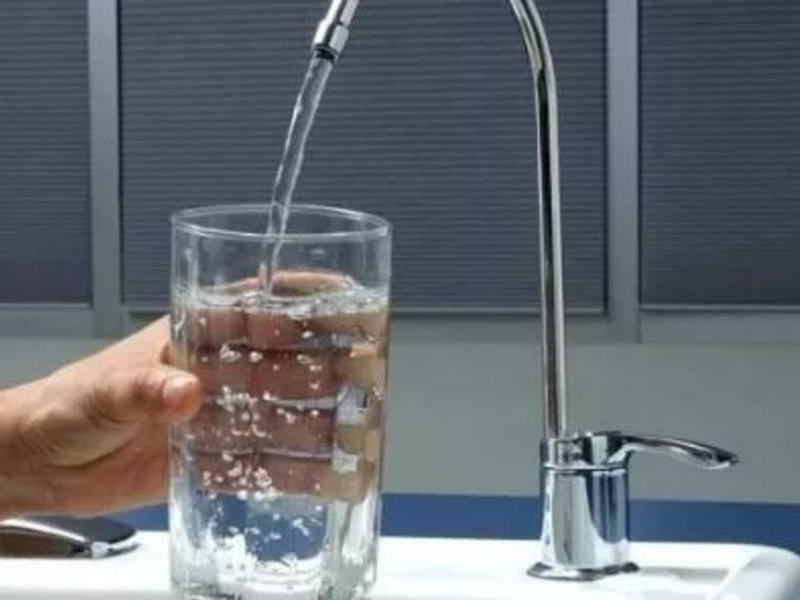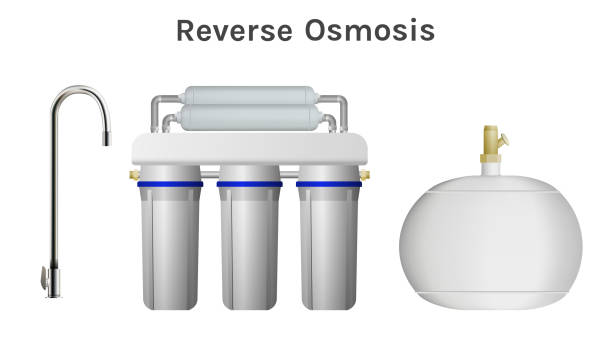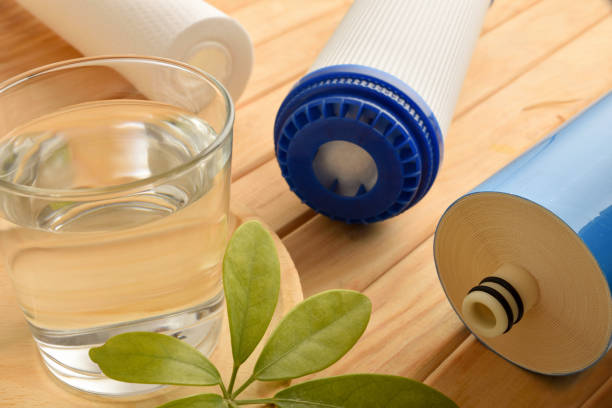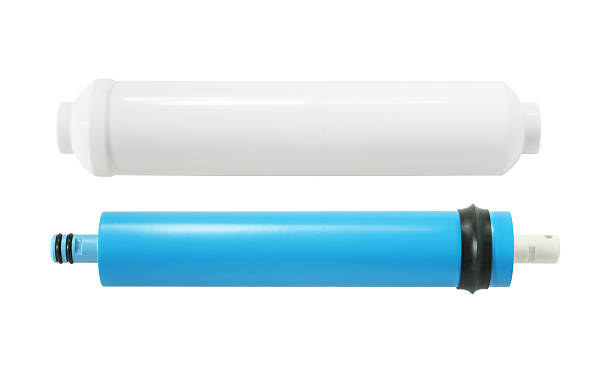Chlorine removal is to evaporate the chlorine remaining in the water by boiling again after the water is boiled. Chlorine is a non-metallic element belonging to the halogen group. Chlorine gas is a yellow-green gas at room temperature and pressure, and its chemical properties are very active and toxic. Chlorine exists widely in nature in its combined form.

Chlorine removal is to evaporate the chlorine remaining in the water by boiling again after the water is boiled. Chlorine is a non-metallic element belonging to the halogen group. Chlorine gas is a yellow-green gas at room temperature and pressure, and its chemical properties are very active and toxic. Chlorine exists widely in nature in its combined form.
The main purpose:
Industry: Chlorine is mainly used in the chemical industry, especially in the organic synthesis industry, to produce plastics, synthetic rubber, dyes and other chemicals or intermediates, as well as bleach, disinfectants, synthetic drugs, etc. Chlorine is also used to manufacture bleaching powder, bleach pulp and cloth, synthesize hydrochloric acid, manufacture chlorides, disinfect drinking water, synthesize plastics and pesticides, etc.
Physiology: It often exists in the form of chloride in nature, the most common form is table salt. The average content of chlorine in the human body is 1.17g/kg, the total amount is about 82-100g, accounting for 0.15% of the body weight, and it is widely distributed in the whole body.
 Management of reverse osmosis equipment during shutdown, as long as you master these management skills, easy to resume operations!
Management of reverse osmosis equipment during shutdown, as long as you master these management skills, easy to resume operations!
 RO Low Pressure Membrane: Widely Used in Multiple Fields to Create Efficient, Energy-Saving Water Solutions
RO Low Pressure Membrane: Widely Used in Multiple Fields to Create Efficient, Energy-Saving Water Solutions
 RO membrane high-pressure membrane: a wide range of applications show strong adaptability
RO membrane high-pressure membrane: a wide range of applications show strong adaptability
 Do you really understand the difference between high pressure reverse osmosis membranes and low pressure reverse osmosis membranes?
Do you really understand the difference between high pressure reverse osmosis membranes and low pressure reverse osmosis membranes?